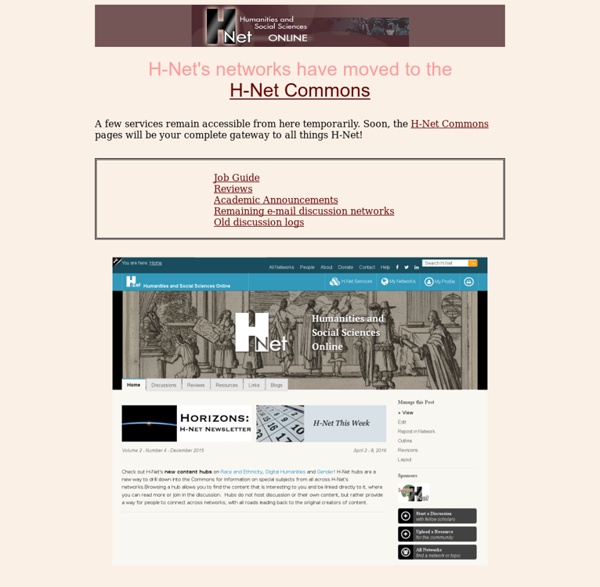



A Short List of Gilbert Simondon’s Vocabulary « Fractal Ontology 1. Affectivity -This term designates a relation between an individualized being and the pre-individual milieu; it is thus heterogeneous to individualized reality. This is why Simondon claims that affectivity, more than perception, indicates a spirituality that is greater than the individualized being (the Sublime) because perception is merely the functions of the structures interior to this being (L’Individuation psychique et collective, p. 108–hereafter cited as IPC). Simondon writes that affectivity is the ground of emotion, as perception is the ground of action (107). 2. Allagmatic - The Greek word allagma can mean change or vicissitude, but it can also mean that which can be given or taken in exchange, which more genuinely captures the idea of energy exchange in Simondon’s usage. Simondon will also define the allagmatic as “the theory of operations” (IGB, 263), complementary to the theory of structures that the sciences elaborate. 3. 4. 5. 6. 7. 8. 9. 10. 11. 12. 13. 14. 15. 16. 17.
Internet History Sourcebooks Project Various course websites which reflect the use of IHSP documents. Western Civilisation Courses Core I: Western Civilisation to 1715 A website created for my 2004 course at UNF. Core II: Western Civilisation since 1715 A website created for my 2004 course at UNF. Modern History Course: The West: Enlightenment to Presents A page created for my Fall 1998 Modern History survey course at Fordham University, The West: From the Enlightenment to the Present. European History and Historians I A website created for my 2004 course training graduate students how to teach introductory history courses. European History and Historians II A website created for my 2004 course training graduate students how to teach introductory history courses. Medieval History Courses Medieval Studies Course or low graphics version A page created for my Fall 1996, and after, Medieval survey course at Fordham University, The Shaping of the Medieval World. World History Courses Themed Courses
Modern Language Association (MLA): Format, Bibliography, Style, Convention - Idées politiques en Grèce avant Platon (source : Philippe Nemo, Histoire des idées politiques , 1998). I Homère et Hésiode A Le cadre historique. Cité grecque n’est pas le fruit d’une évolution à partir de formes de civilisation antérieures. Création presque ex nihilo en Grèce continentale et ionienne, processus endogène. 1200 av JC : la Grèce est coupée du reste du monde, toute civilisation et l’écriture disparaissent = "Moyen Âge" grec, d’où va naître une réalité originale, le "miracle grec". 1/ La civilisation mycénienne : - Populations pré grecques à l’époque préhistorique, appelées "Pélasges". - 2000 av JC : peuples de langue indo-européennes venus d’Europe Centrale font mouvement vers le sud, les uns en Asie antérieure (Hittites), d’autres en Asie mineure (Phrygiens), d’autres enfin dans la péninsule balkanique (Hellènes, ou Grecs) qui s’infiltrent dans le pays lentement. Les Achéens sont dominés par cette civilisation supérieure, puis deviennent plus puissants et envahissent Cnossos en -1400 et la détruisent. 3 phases :
Archivo Histórico de Notarias Welcome to the Society for Caribbean Studies <em>Principia Mathematica</em> First published Tue May 21, 1996; substantive revision Tue Dec 3, 2013 Principia Mathematica, the landmark work in formal logic written by Alfred North Whitehead and Bertrand Russell, was first published in three volumes in 1910, 1912 and 1913. A second edition appeared in 1925 (Volume 1) and 1927 (Volumes 2 and 3). In 1962 an abbreviated issue (containing only the first 56 chapters) appeared in paperback. In 2011 a digest of the book's main definitions and theorems, originally transcribed by Russell for Rudolf Carnap, was reprinted in The Evolution of Principia Mathematica, edited by Bernard Linsky. Written as a defense of logicism (the thesis that mathematics is in some significant sense reducible to logic), the book was instrumental in developing and popularizing modern mathematical logic. 1. Logicism is the view that (some or all of) mathematics can be reduced to (formal) logic. By 1902, both Whitehead and Russell had reached this same conclusion. 2. 3. As T.S. Bibliography
Find search engines from across the world with Search Engine Colossus Calls for Papers